
When things started shifting, Germanic tribes didn’t wait around. They moved fast and built something new. The spark behind it all? That’s where it gets interesting. Survival played a part, but so did the fight for freedom and the lure of new opportunities. Wondering what really set everything off? These 10 turning points changed the game.
Invasion By The Huns
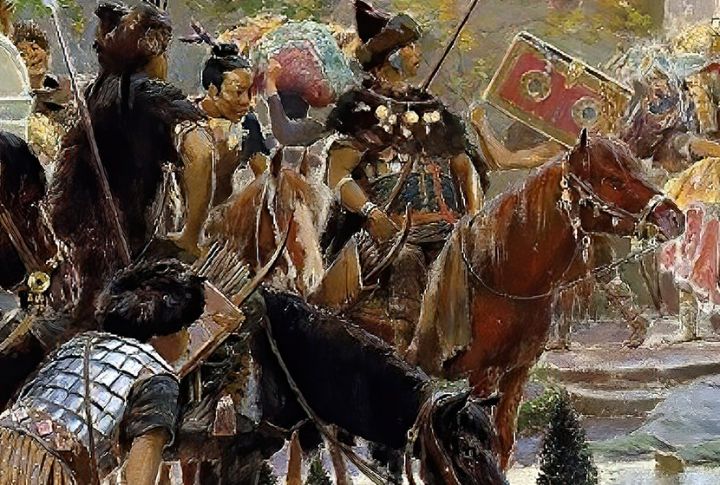
The Huns invaded Eastern Europe in the late 4th century and defeated the Ostrogoths. Their expansion displaced many Germanic tribes, forcing them west. Fearing further violence, several groups fled into Roman territory. That influx played a major role in the Gothic rebellion, which erupted in 378 AD at the Battle of Adrianople.
Climate Change
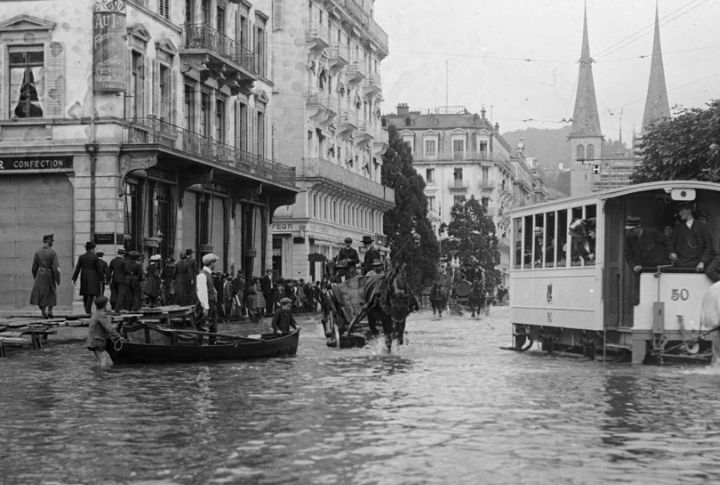
Between 300 and 500 AD, temperatures dropped noticeably. Crops didn’t stand a chance with shorter growing seasons, and the weather swung wildly—floods one year, droughts the next. Such pressure broke communities. Families packed up, looking for better farmland. And just like that, entire regions began to shift south and west.
Overpopulation
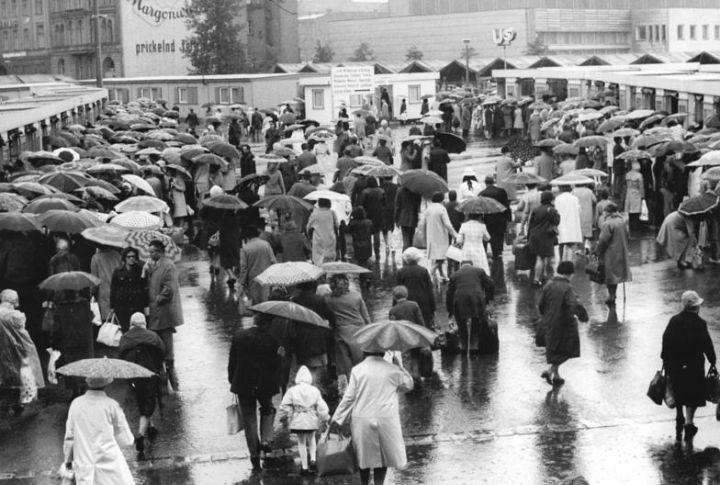
Population growth among Germanic tribes in the 3rd and 4th centuries strained local resources. Farmland was limited, and younger men had fewer opportunities. Many split off and seek new land or leadership roles. As internal pressure built, tribes splintered. Expansion was no longer optional; it was the only way to survive and maintain stability.
Weak Roman Defenses
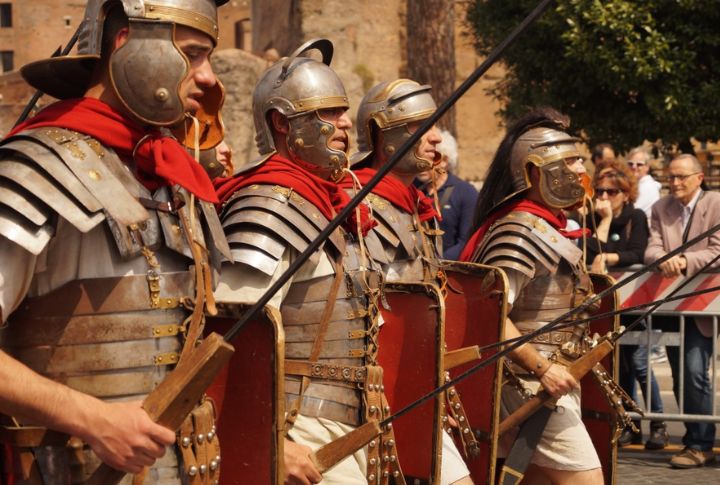
Roman defenses declined sharply as border legions became overstretched. Fortifications along the Rhine and Danube deteriorated due to neglect. The Germanic tribes exploited the weakness, intensifying their raids. Rome hired mercenaries to fill the gaps, which further led to a decline in loyalty. In several cases, tribes encountered no opposition as they moved into Roman lands.
Attraction To Roman Wealth

Power across the empire was slipping, and tribes recognized an opening. Access to farmland, roads, and trade systems became feasible. Infrastructure wasn’t just appealing, it offered immediate value. While some tribes stormed cities, others settled and secured long-term control. Empire-wide decay simplified the choice: take advantage or fall behind.
Tribal Conflicts
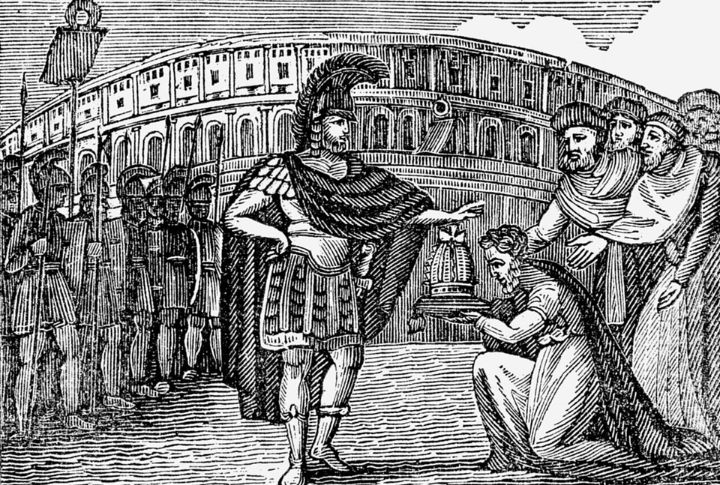
Internal conflict was a major driver of migration. Tribes like the Goths and Suebi fought each other for land and dominance. Civil wars erupted within groups, and losing factions often splintered or fled to survive. Ongoing violence also made stability impossible, pushing many to move elsewhere in search of safety and new territory.
Religious Shifts
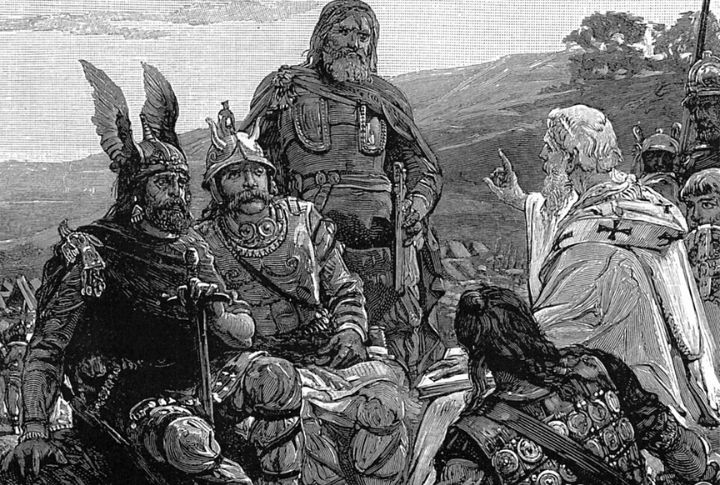
Religious changes played a role in the Great Germanic Migrations. A number of tribes adopted Arian Christianity, differing from Roman Catholicism. These beliefs affected political ties and alliances. Some pagan tribes relocated to avoid being forced to convert. Religious figures also influenced where groups moved, making faith a major factor.
Desire For Independence
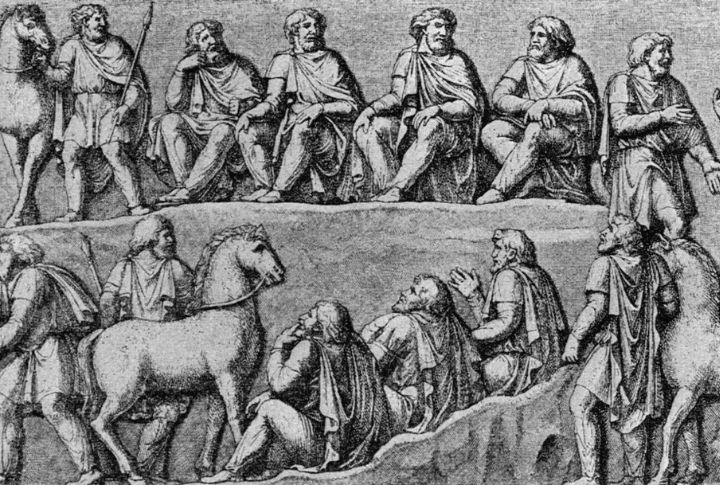
Many Germanic tribes migrated to escape Roman control and taxation. Independence motivated them to establish new kingdoms. Tribal identities strengthened during this process, and oral histories helped preserve their legacy. For these groups, gaining sovereignty mattered just as much as escaping hardship. Freedom became a central reason for relocation.
Agricultural Breakdown
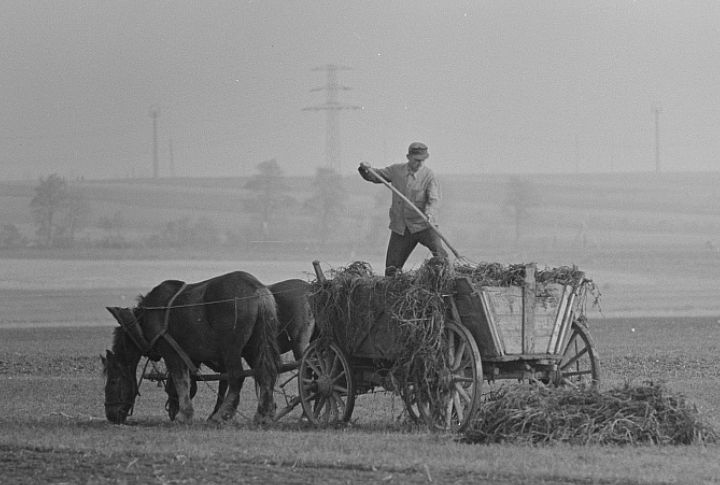
Overworked land led to exhausted soil and failed crops. Food shortages followed, triggering unrest in several communities. With little hope of recovery, tribes moved to regions with healthier farmland. Agricultural breakdown played a critical role in forcing migration and reshaping settlement patterns across Europe.
Diseases And Plagues
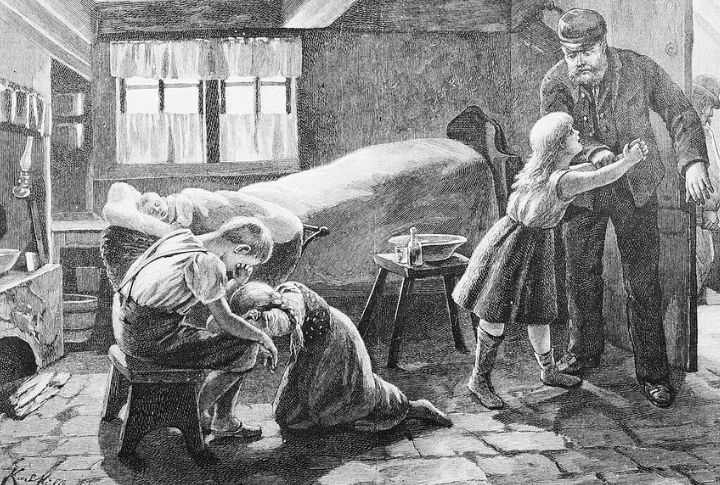
Widespread epidemics wiped out large portions of some tribal populations. Disease moved swiftly along trade routes, leaving hardly any region untouched. Survivors often left infected zones to escape the spread. These outbreaks became direct triggers for migration, as health and survival outweighed the risks of relocation.

